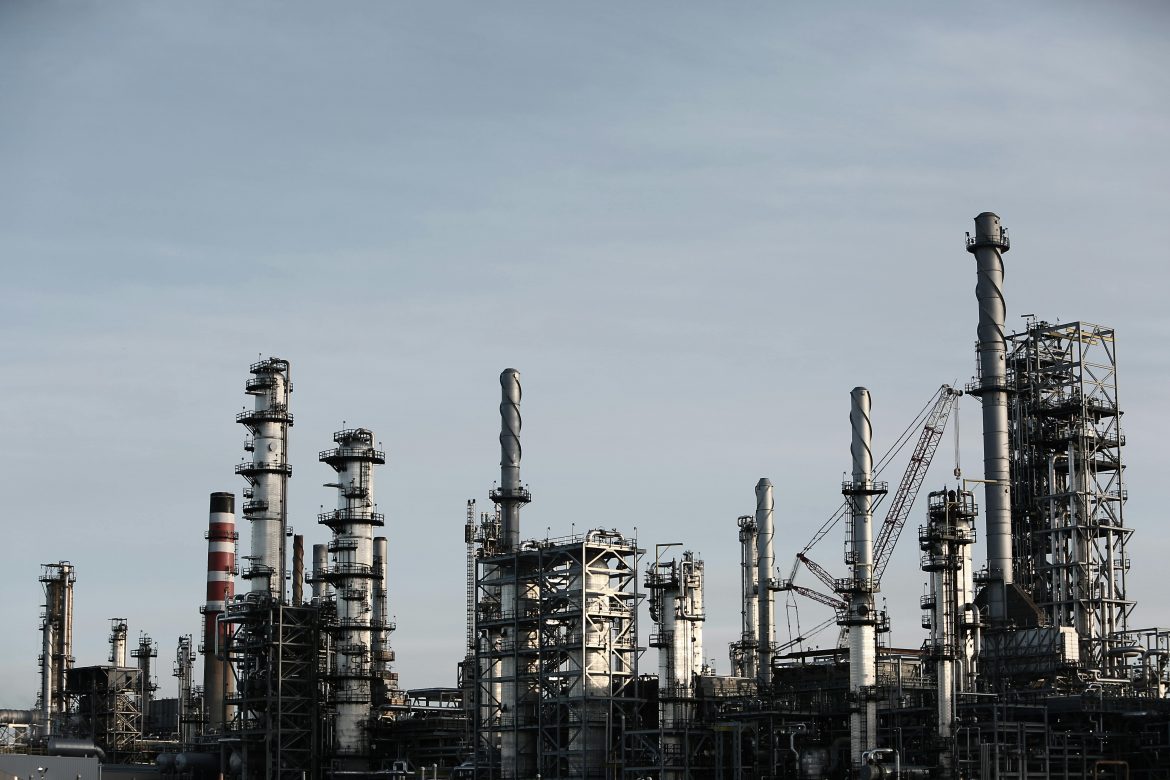Global oil markets experienced an upward trajectory in early Asian trading on Monday, building upon the gains witnessed in the previous week. This price surge occurred against the backdrop of ongoing search efforts for Iran’s President, Ebrahim Raisi, following a helicopter crash in the oil-rich nation. Additionally, the U.S. government’s purchase of crude oil to replenish its strategic reserves further contributed to the price increase.
Brent crude futures, a global benchmark for oil prices, rose by 26 cents, or 0.3%, to trade at USD 84.24 per barrel as of 0049 GMT. Similarly, the U.S. West Texas Intermediate (WTI) crude futures gained 15 cents, or 0.2%, reaching USD 80.21 per barrel.
The previous week saw Brent crude prices register an increase of approximately 1%, marking its first weekly gain in three weeks. WTI crude, on the other hand, witnessed a more substantial 2% rise, buoyed by positive economic indicators from the U.S. and China, the world’s largest oil-consuming nations.
The uncertain fate of Iran’s President Ebrahim Raisi, whose helicopter crashed on Sunday, added an element of geopolitical tension to the oil markets. According to media reports, the lives of President Raisi and Foreign Minister Hossein Amirabdollahian were at risk following the incident. However, despite the volatility in the region, oil prices exhibited only modest movements.
Warren Patterson, the head of commodities strategy at ING, commented on the market’s reaction, stating, “The oil market remains largely rangebound, and without any fresh catalyst, we will likely have to wait for clarity around OPEC+ output policy in order to break out of this range.”
The Organisation of the Petroleum Exporting Countries and its allies, collectively known as OPEC+, are scheduled to convene on June 1 to discuss their production strategies.
Patterson further added, “The market also appears increasingly numb to developments on the geopolitical front, likely due to the large amount of spare capacity OPEC is sitting on.”
In a strategic move, the U.S. government capitalised on the recent dip in oil prices by purchasing 3.3 million barrels of crude at USD 79.38 per barrel. This acquisition aimed to replenish the nation’s Strategic Petroleum Reserve, which had been significantly depleted during a massive sale in 2022.
Supporting the market’s upward momentum last week were signs of easing inflation in the U.S., which boosted expectations of potential interest rate cuts. Such cuts could decrease the value of the dollar, making oil more affordable for holders of other currencies.
As the global energy landscape continues to evolve, market participants will closely monitor developments in Iran, OPEC’s production decisions, and economic indicators from major consuming nations to gauge the trajectory of oil prices in the coming weeks and months.



